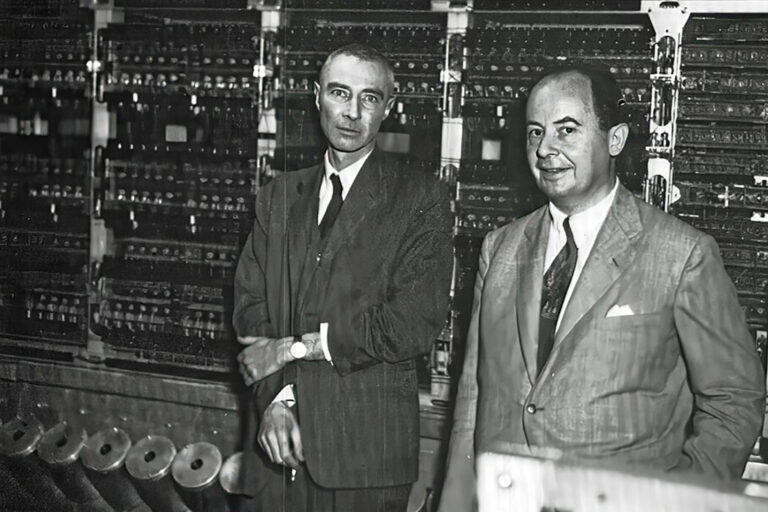From the windows of the Big Bang Bar the show is unusually short, much shorter than the blink of an eye. Those patrons lucky enough to have found themselves at the bar sipping a drink at the right time tell us that they witnessed a very rapid expansion. In no time at all, space took shape and time began to flow, beginning from a barely perceptible point. No flash of light, no bang, contrary to popular belief. Not one witness who saw or heard anything. Yet none of the bar’s patrons would know how to represent the event in any other way than as a great explosion of light.
That point – a concept dear to mathematicians but very non-physical, in truth – is impossible to define. What was there before is something a physicist would never dare to ask. And none of the event’s lucky spectators ever stopped to wonder how all this could have happened. The fact that in the time that followed that infinitesimal instant, in the seconds, years and billions of years that followed, light, stars, planets, galaxies, the Earth, and we ourselves originated, is incredible. But thanks to increasingly advanced tools and knowledge, we have reconstructed the stages of what happened following the initial event. We now know a lot about the formation of matter, from the tiny particles that make up atoms to gigantic cosmic structures, and we are getting closer and closer to time zero of the universe, assuming that time zero actually occurred or existed.


